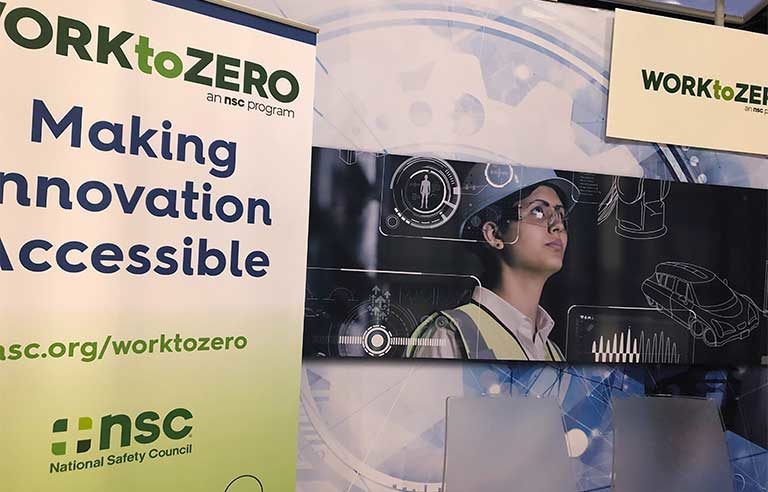What’s your readiness level for safety innovation? NSC, DEKRA launch resources

Itasca, IL — A new online assessment tool and white paper from the National Safety Council, developed in partnership with DEKRA, are intended to help organizations gauge and then advance their readiness to implement technologies that can help save lives.
In 2019, the latest year for which data is available, more than 5,300 work-related fatalities were recorded in the United States – the most since 2007. Through its Work to Zero initiative, NSC advocates the use of safety technology to help prevent further on-the-job deaths, with the ultimate goal of eliminating them by 2050.
“The only number of acceptable workplace fatalities is zero,” NSC President and CEO Lorraine M. Martin said. “Our new digital readiness tool is another resource to help make that happen so employers can ensure their people live their fullest lives, on and off the clock.”
The resources have the greatest impact when used in tandem, the council says. To start, complete the Organizational Readiness Assessment for Safety Technology in the Workplace to determine your organization’s digital readiness level. Then, read “Determining Readiness for Safety Innovation and Industry 4.0” to better understand the benefits of digital transformation and how your organization can progress to the next level.
“Digitalization and advanced analytics have been applied by many businesses and operations to achieve breakthrough performances,” Mei-Li Lin, senior vice president, service division consulting, at DEKRA, said in the release. “Success hinges on not only being able to leverage technological advances, but by first ensuring the workforce is ready to embrace them.”
Post a comment to this article
Safety+Health welcomes comments that promote respectful dialogue. Please stay on topic. Comments that contain personal attacks, profanity or abusive language – or those aggressively promoting products or services – will be removed. We reserve the right to determine which comments violate our comment policy. (Anonymous comments are welcome; merely skip the “name” field in the comment box. An email address is required but will not be included with your comment.)

